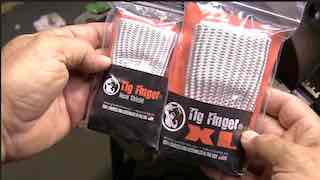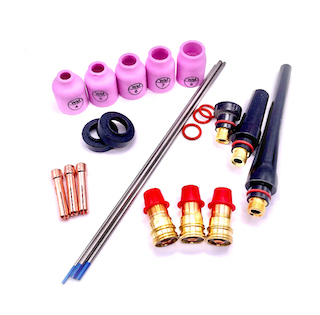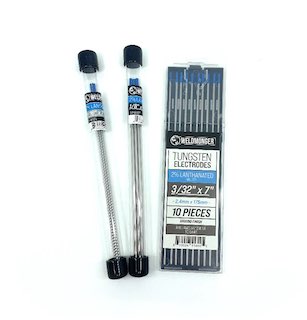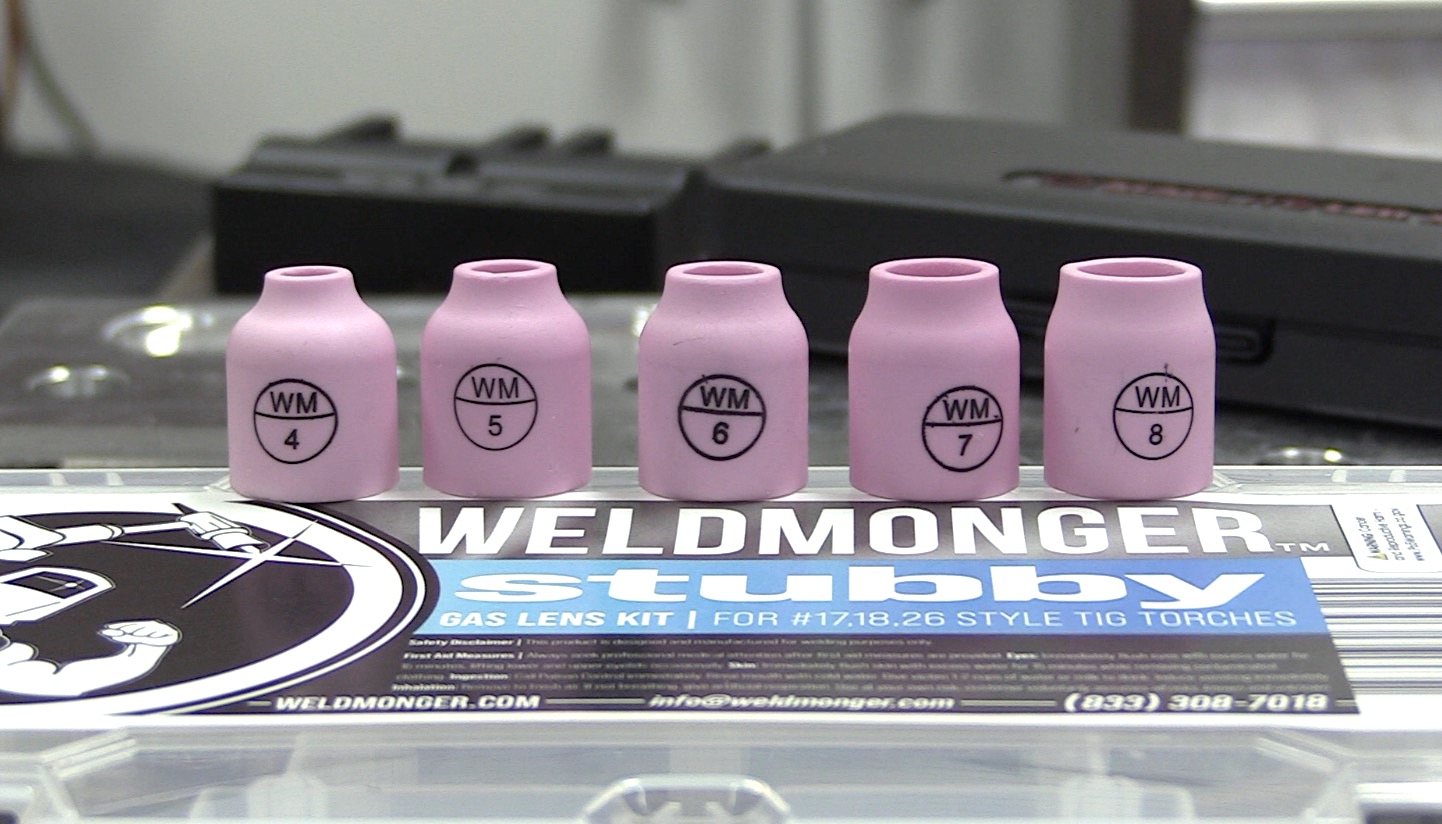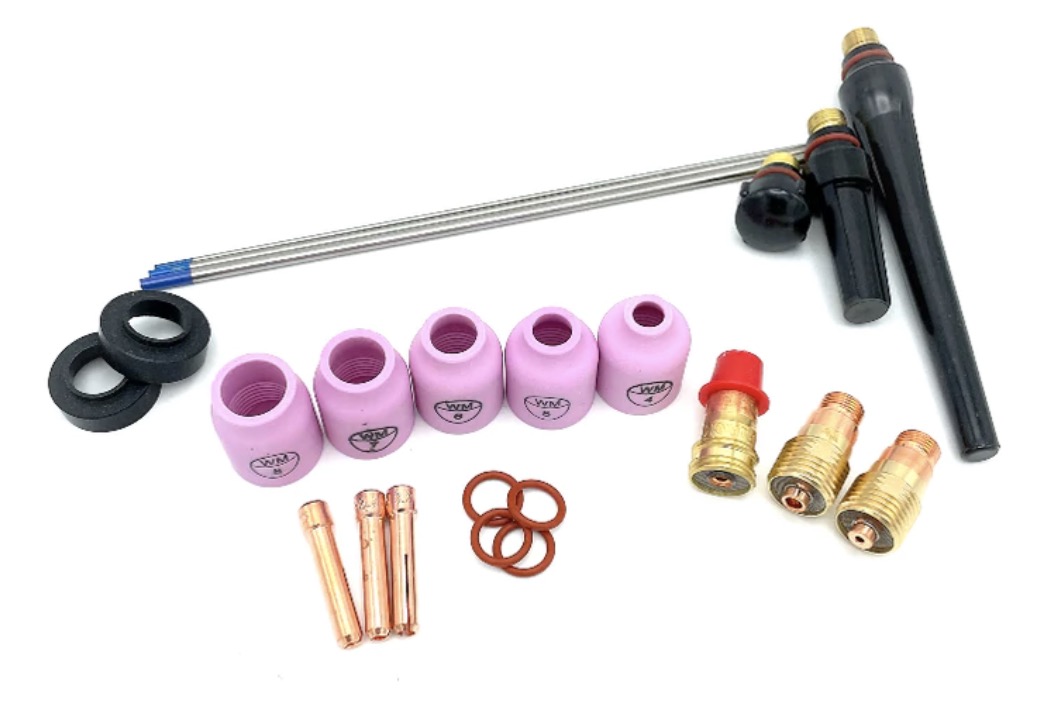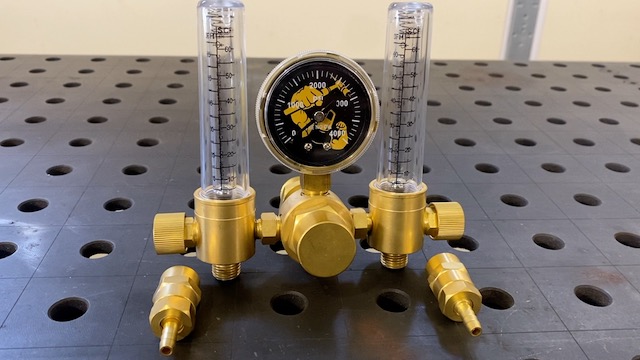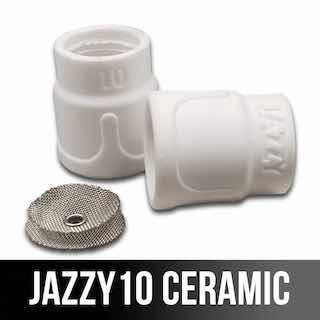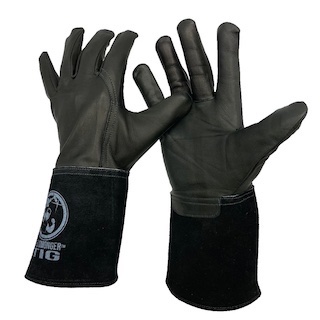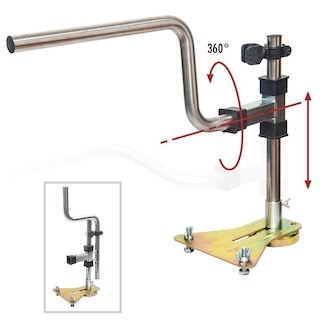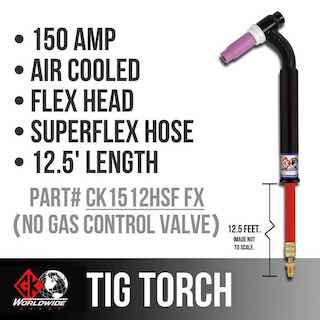Tig Welding Aluminum Bike Seat Post
- HOME
- TIG WELDING ALUMINUM
- How to Tig Aluminum
- Welding Aluminum
Welding Aluminum when you dont know the exact type.
Some aluminum alloys are just not weldable by tig welding.
Special processes like friction stir might work, but friction stir welding is above my pay grade so I am strictly talking about tig welding here.
If you are welding airplane parts, components for the nuclear power industry, or food service type pipe, you pretty much know what type of metal you are welding because it has been spec'd, ordered, received, inspected, and often comes with certification papers.
What about when someone brings you something to weld?
A chainsaw housing, a lawnmower deck, alternator housing, boat prop, etc.
For Steel the first step is usually just using a magnet....and then there is spark testing that can help you identify the type of steel you are about to try welding.
But for welding aluminum, the only way to identify an unknown alloy with any certainty is by a lab analysis. And from my experience working in a metallurgical lab, you cant always depend on the answer there either.
There are some chemical etches that can help zero in on an answer but you cant exactly get them easily or quickly. ( When I worked in a lab, I remember mixing etchants for aircraft mechanics to help identify 7075 from 2024 but that was all they were good for)
But do you really need to know exactly what type aluminum you are welding? or can you do some down and dirty testing to just get some idea that the aluminum is weldable?
Well that depends. I wouldn't do this for an airplane part. But for a bike seat post for a girl who might weigh 120 lbs soaking wet, I think it will be ok.
So how do you know what type of aluminum you are welding? or at least know enough to proceed with confidence.
In this video, I chose a spot near an end where it would harm the function of the seat post, and welded a small bead.
Then I did the same on a 2 inch by 8 inch piece of 6061t6 aluminum.
then I welded the two together.
Why did I do this?
Well, here is my reasoning... If I can break the weld without pulling a plug out of the unknown base metal, I think I have a pretty good shot at making a weld that will hold. Its not a 100% foolproof test but it does tell me a lot. For example, if the seat post was made from 7075 aluminum, the weld would most certainly pull right out of the base metal. And to be honest, 7075 was my main concern for this project. Once I determined it was not 7075 aluminum I was pretty confident that the repair would hold up.
What rod do you use when you dont know the exact type of aluminum?
If you do the simple down and dirty test, and also a puddle test and you dont see a green tint to the arc, then 4043 will probably work.
If you see a green tint to the arc, you may be working with a 5000 series alloy and 5356 might be a better choice.
there are all sorts of other considerations on choosing filler rod like whether or not the part will be anodized but that is a topic for another day.
4043 seems to be the most universal aluminum rod but it is not always the best choice. 4043 is not a good choice for 5000 series like 5052 because magnesium and silicon in certain ratios can form crack sensitive areas.
5356 is stronger but has high temp limitations.
4047 is slightly weaker but is very forgiving and wets out better and sometimes works better on castings.
I use 4043 more often than any other aluminum rod. But I also have some 4047 on hand for boat props and castings.
Also I keep some 5356 on hand in case a drawing calls for it.
see more videos on tig welding aluminum






